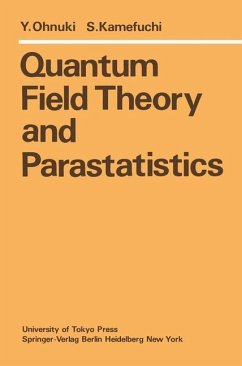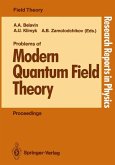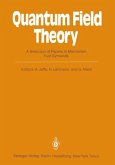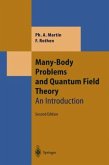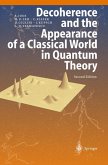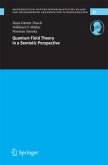In examining the problem of quantization it is customary to proceed by following the order of historical developments, i. e. , to start with the so-called first quantization and then go on to second, or field, quantization. As is well known, the former consists in setting up commutation relations among the canonical variables (of finite degrees of freedom) which are defined originally in classical mechanics, and the latter consists in doing the same among field variables. In our opinion, however, the above order does not necessarily reflect that of physical importance. In fact, a close look at the theoretical that the latter plays a more fundamental role structure immediately reveals than the former in various respects. First, the former can be derived from the latter, and second, the assumptions that have to be made in the former, e. g. the spin-statistics connection, can be justified in the latter on the basis of its own theory. Furthermore, as the history of the positron theory shows, if we remain within the framework of the first-quantized formalism, it will no longer be possible to have a closed theory in the relativistic region where the problem becomes essentially that of an infinite number of particles.
Hinweis: Dieser Artikel kann nur an eine deutsche Lieferadresse ausgeliefert werden.
Hinweis: Dieser Artikel kann nur an eine deutsche Lieferadresse ausgeliefert werden.

